Introduction
There is no doubt that archery is one of the oldest arts in human history. It is a sport that is as old as humanity itself. The recurve bow is a marvel of ancient engineering and modern sportsmanship. As well as having distinctive curves at both ends, recurve bows are a powerful combination of precision, elegance, and power.
It is essential to have a clear understanding of the parts of recurve bow to master the craft, regardless of the individual’s level of expertise. In this post, we will look at the parts of recurve bow and examine how each component contributes to the success of each shot taken with a recurve bow.
The main parts of recurve bow
Riser
As a parts of recurve bow, the riser, or the core of the bow, plays a crucial role in its performance. It is the central part of the bow that serves as the foundation for all of the other components to be attached to, and it impacts how it feels, balances, and weighs.
A well-crafted riser will help enhance the archer’s performance and provide them with comfort during shooting by including both the grip and the shelf where the arrow rests before being released. The riser consists of both the grip, where the archer holds the bow, and the shelf, where the arrow rests before release.
Limbs
During the drawing of a bow, the limbs are attached to the riser at both the top and bottom, which are vital for storing and releasing energy, respectively. As the arrow is drawn, the limbs are designed to bend, then snap back to their original position when the arrow is released, propelling it forward as the bow is drawn.
Several materials, such as wood, fiberglass, and carbon composites, can be used to construct the limbs. As each limb offers a unique set of properties and strengths, understanding how the limbs play a role in the draw weight and speed of the bow is imperative for optimizing performance.
String
To transfer the energy from the two limbs of a bow to the arrow, bowstrings are used to connect them and share the energy from the two limbs to the arrows. An effective bow string is made of durable materials like Dacron, Fast Flight, or Dyneema, which substantially impact the bow’s efficiency and accuracy. The string must be waxed and checked regularly for wear to ensure its durability and performance for as long as possible.
The Nocking Point
The nocking point of an arrow is a small but crucial component that positions the arrow’s nock (the notch at the end of the arrow) on the string. As a result of its placement, it is crucial to ensure that the nocking point is placed correctly from the outset to ensure accurate performance each time. Ensuring the arrow is aligned and on the correct trajectory is also essential.
Arrow Rest
An arrow rest, or arrow rest) is the area where the arrow rests on the riser. The arrow rest can be as essential as a fixed rest or as sophisticated as a drop-away rest that moves out of the way when the arrow is released. It is important to note that the choice of the proper arrow rest can affect how the arrow will fly and how accurate the shot is.
Bow Sight
Indeed, some archers don’t use sights, but those who do understand how valuable they can be when it comes to aiming. The sight is attached to the riser, providing a visual guide for the archer to seek, improving accuracy. In addition to the basic models, advanced models with magnification and adjustable pins can also be purchased.
Conclusion
To master the sport of archery, the first step is understanding what goes into creating a recurve bow. Each part plays a specific role in the overall performance of the bow, from its riser’s stability to its limb’s power and string’s efficiency.
Whether you are a beginner or an experienced archer, it is essential to have a thorough understanding of your archery equipment to improve your shooting experience drastically.
In the comments area, it would be great to hear about your experiences using recurve bows. Do you find certain parts of recurve bow to be more critical than others in your archery practice? Please let us know about your experiences using recurve bows in the comments.
Frequently Asked Questions
What is the most suitable material for a recurve bow?
There are several materials to choose from depending on your preference as an archer and what you intend to use it for. Wood offers a traditional feel, while composite materials such as carbon or aluminum provide strength and lightweight properties.
How often should I replace my bowstring?
If the bowstring shows signs of wear after 2-3 years, then it’s recommended that you replace it sooner or later if it shows signs of going wrong. However, this depends on the usage.
Can I customize my recurve bow parts?
Most recurve bows can be customized to fit the needs of the archer. From changing the limbs to adjusting the string and installing different sights and rests, archers can make their bows fit their needs better than ever before.
Is it necessary to use a Bow sight?
A sight isn’t necessary, but it can help improve the accuracy of a bow, especially for beginners and target archers. The decision comes down to a matter of preference and shooting style.
How do I maintain my recurve bow?
When maintaining a bow, you should make sure that all parts are in good condition and that they are not worn or damaged, wax the string, and ensure that the limbs are aligned according to the manufacturer’s instructions. It is also critical to store and handle the bow correctly.
Exploring and understanding the parts of recurve bow can enrich your experience as an archer, improve your skills, and enhance your enjoyment of the sport. The knowledge gained improves your technical abilities and deepens your connection to the game.
Recent Posts
- Best Compound Bow for Beginners: Choosing The Right Arrow Vanes for A Compound Bow
- Conquering the Budget Realm: Unveiling the Best Crossbows Under 500 (7 Options)
- Mastering the Art: Choosing the Best Recurve Bow for Beginners
- Best Compound Bow for Women – Is There a Difference?
- Mastering the Art: Top 8 Best Recurve Bow for Beginners and Women
- Best Compound Bow for Women in 2024

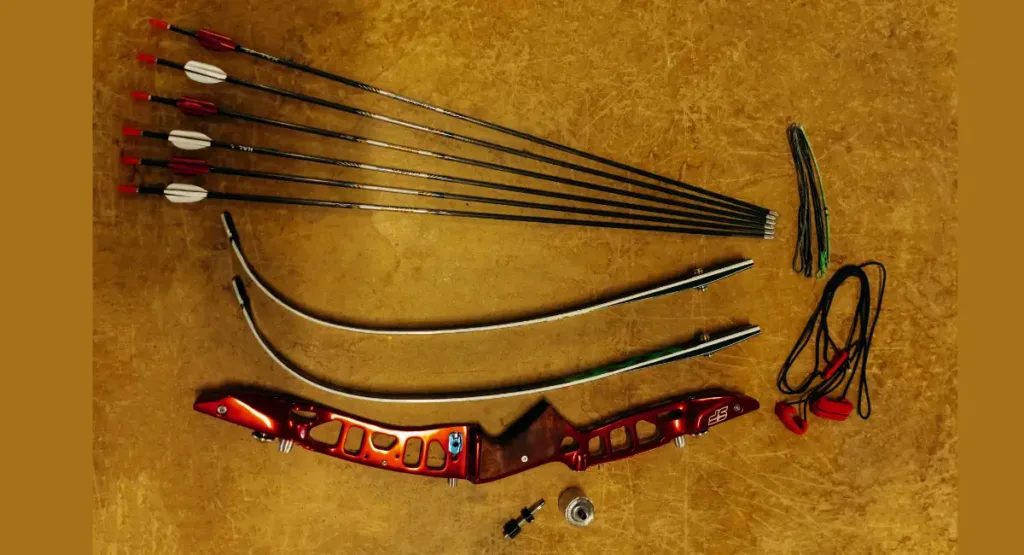

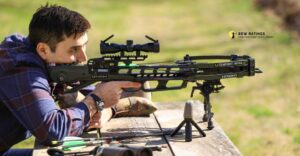
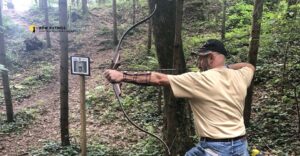
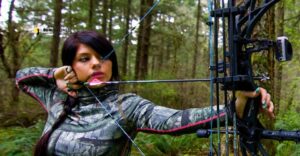
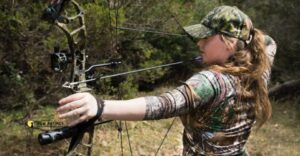
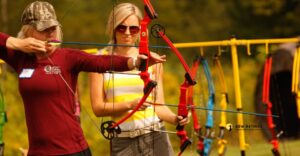
1 thought on “The Archer’s Craft: Understanding Parts Of Recurve Bow”
Comments are closed.